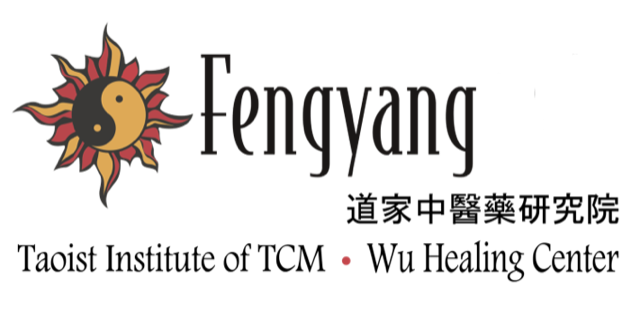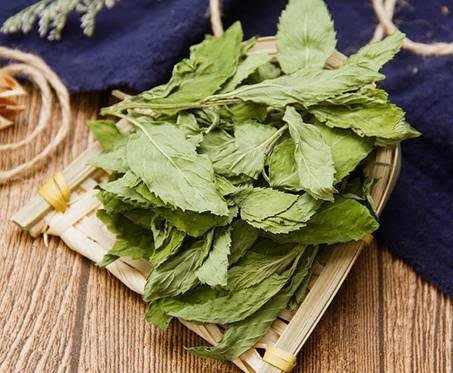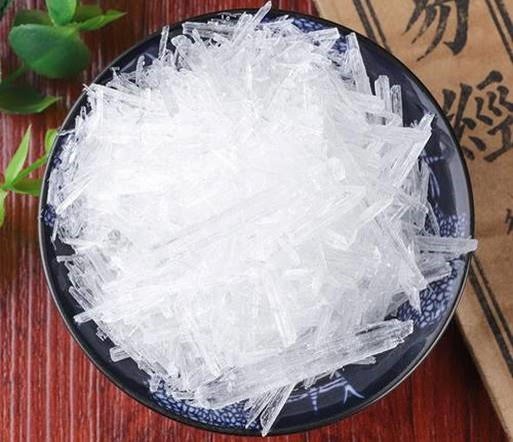Learn About Chinese Herbs -Bo He (Herba Menthae Haplocalycis)-
Bo He (Herba Menthae Haplocalycis)
This product is commonly used in traditional Chinese medicine. First published in "Tang Materia Medica".
Source: Mentha haplocalyx Briq, a perennial herb in the family Lamiaceae. of dried whole grass. All are cultivated.
Plant condition: herbaceous, perennial, square stem, pubescent with reverse growth, spicy aroma throughout the plant. Single leaf pair, long ovate or oval in shape, leaf margins sharply serrate. The flowers form a wheel-like inflorescence in the axilla, and the corolla is slightly bilabial, pale red or purple. Four small nuts, hidden in a thick membranous sepal.
Origin: In most of the country it is produced, to Jiangsu Suzhou, Taicang, Hebei Anguo, Jiangxi, Hunan and other places have large output and good quality.
Character identification: after drying, the leaves are more curled and wrinkled or broken, and the air is aromatic, and it is more significant when rubbed. The taste is spicy and cool. The harvest of mint is twice a year in the north and three times a year in the south of the Jiangnan, and it is commonly called the head knife, the second knife, and the third knife. The stem of the head knife is long and thick, the stem of the second knife is uniform, the leaves are many, the oil content is more and the quality is good, and the stem of the third knife is thin and leaf is thin. It is best to have uniform strips, dense leaves, purple-red stems with white hairs, strong aroma, and green leaves.
Main ingredients: containing volatile oil, including menthol, mentholone, in addition, camphorene, limonene, etc.
Pharmacological action: evacuate wind fever, its effects are: (1) anti-inflammatory; (2) analgesic; (3) stomach and dispel wind; (4) antipruritic.
Preparation: chew, raw use.
Taste: Spicy and cool.
Attribution: into the lungs, liver meridians.
Function: sweating, dispersing wind and heat.
Indications: external fever, headache, sore throat.
Clinical application: as an auxiliary drug, it is mainly used to assist in the evacuation of wind fever.
(1) It is used for the treatment of external wind fever (colds, upper respiratory tract, etc.). As an adjuvant drug for sweating, it is especially suitable for patients with headache, red eyes, and sore throat, in addition to the effect of releasing external, it can also constrict the local vasovascular of the inflamed mucosa of the throat and reduce swelling and pain. It is often used with Jing Jie, Fsng Feng, or Jie Geng, Gan Cao, etc.
(2) Assist with other antidotes to release rashes. Used in the early stage of measles, when the rash is not releasing, with Sheng Ma, Ge Gen, Chan Tui, etc.
(3) It is used to treat dizziness, fever, thirst, and shortness of urine in summer’s heatstroke. It can relieve wind heat, with Shi Gao, Gan Cao, such as in the formula Ji Su San.
Precautions for use: lung deficiency, cough, yin deficiency and fever should not be used; lactating women should generally not use too much, because this product has the side effects of decreasing lactation.
Dosage: 2.4~6g. Put in the decoction last.
Prescription example:
Ji Su San (from "Shang Han Biao Ben"): Bo He 3g (entered las) Sheng Gan Cao 3g, Hua Shi 18g, water decoction, or coarse powdered baked, but it is better to use water.
Note: Suzhou still produces a kind of dipterocarp mint, the upper part of the stem is spiral-shaped, the stamens are shorter than the corolla, the leaves are thick, the smell is strong, and it is available for export. Wild mint is similar in appearance to house mint, but the stem is thin and curved, the leaves are small and sparse, and the air is weak. The northern head knife mint has long stems, purple color, large leaves, and high quality, and the two knives are inferior.
Mint ice
Alias: menthol. It is extracted from mint.
Processing method:
Distillation: Peppermint (dry and fresh) is placed in the still to vaporize the volatile oil with steam. (It begins to volatilize at 35 °C, and most of it volatilizes at 100 °C). After cooling to below 25 °C, it becomes a mixed liquid of peppermint oil and water, because the specific gravity of peppermint oil (0.89~0.91) is less than water and floats on the water surface, and mint crude oil is obtained by separation.
Menthol lifting: Peppermint crude oil is cooled to below 0 °C, and menthol crystallizes and is separated from crude oil. It is then filtered to remove the oil and dried to obtain crude menthol.
Refinement: The crude product is distilled and crystallized again into commercial menthol, called Mint Ice in China.
Case Study: Athlete’s Foot (Fungal Infection)
Patient: Mr. Wu, male
Date of first appointment: March 11, 2023
Chief complaint: Athlete’s foot (fungal infection). The toe is itchy and swollen for seven days, and has suppurated. The local Chinese medicine clinic prescribed TCM for oral administration, and Dexamethasone ointment for external application, combined with antibiotics (cephalosporin) orally, but the condition worsened every day.
Dr. Wu recommended to stop all western medicines and use only TCM for oral administration and to soak the feet. The swelling and pain mostly disappeared in one day.
TCM prescription:
1. Ku Shen 50g, Huang Bai 20, Lian Qiao 20g, Da Huang 30g, boil in water to make a wash. Soak feet in once day.
2. Bao Yi San, take orally 4 capsules for 3 times a day
3. Apply compound hibiscus bark tincture once on infected areas
Disclaimer: All above articles are for reference only. If patients are interested, please consult a professional practitioner Traditional Chinese Medicine for a consultation.




